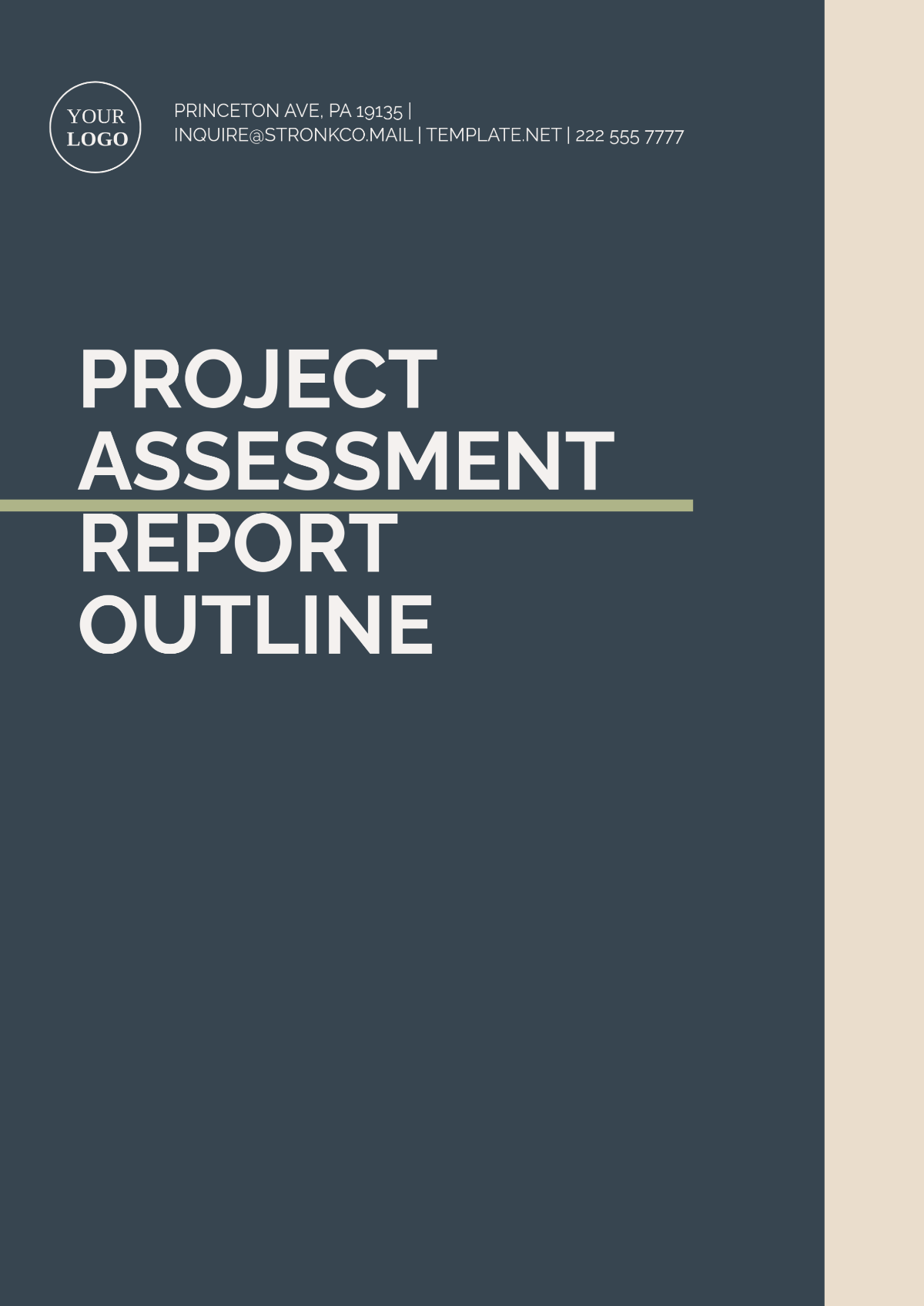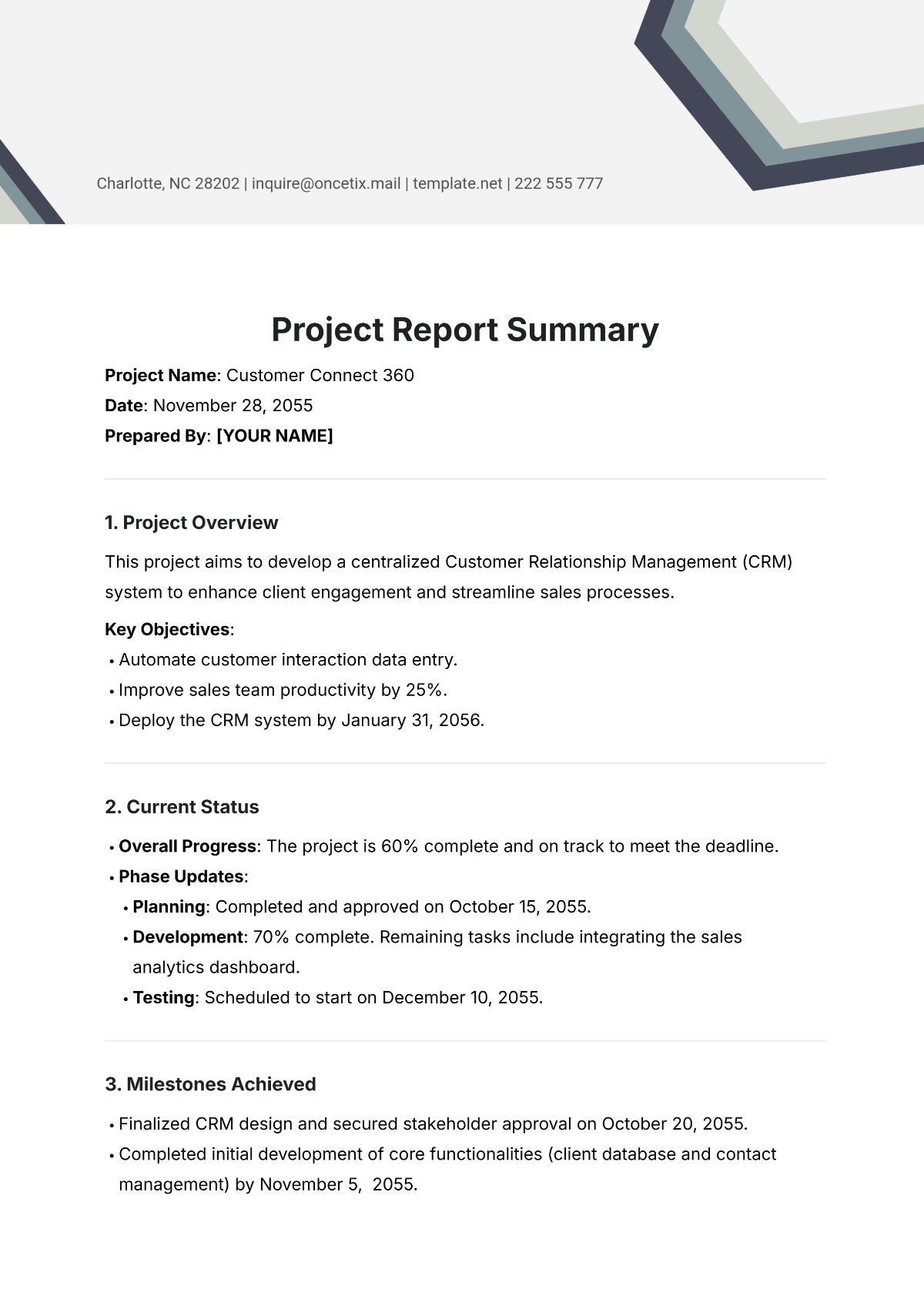Free Masala Business Project Report

- 100% Customizable, free editor
- Access 1 Million+ Templates, photo’s & graphics
- Download or share as a template
- Click and replace photos, graphics, text, backgrounds
- Resize, crop, AI write & more
- Access advanced editor
Boost your masala business with Template.net's Masala Business Project Report Template. This fully customizable and editable template simplifies your reporting process. Utilize the AI Editor Tool for seamless modifications, ensuring your project report is tailored to your needs. Perfect for entrepreneurs aiming for professionalism and efficiency, this template saves time and enhances productivity.
You may also like
- Sales Report
- Daily Report
- Project Report
- Business Report
- Weekly Report
- Incident Report
- Annual Report
- Report Layout
- Report Design
- Progress Report
- Marketing Report
- Company Report
- Monthly Report
- Audit Report
- Status Report
- School Report
- Reports Hr
- Management Report
- Project Status Report
- Handover Report
- Health And Safety Report
- Restaurant Report
- Construction Report
- Research Report
- Evaluation Report
- Investigation Report
- Employee Report
- Advertising Report
- Weekly Status Report
- Project Management Report
- Finance Report
- Service Report
- Technical Report
- Meeting Report
- Quarterly Report
- Inspection Report
- Medical Report
- Test Report
- Summary Report
- Inventory Report
- Valuation Report
- Operations Report
- Payroll Report
- Training Report
- Job Report
- Case Report
- Performance Report
- Board Report
- Internal Audit Report
- Student Report
- Monthly Management Report
- Small Business Report
- Accident Report
- Call Center Report
- Activity Report
- IT and Software Report
- Internship Report
- Visit Report
- Product Report
- Book Report
- Property Report
- Recruitment Report
- University Report
- Event Report
- SEO Report
- Conference Report
- Narrative Report
- Nursing Home Report
- Preschool Report
- Call Report
- Customer Report
- Employee Incident Report
- Accomplishment Report
- Social Media Report
- Work From Home Report
- Security Report
- Damage Report
- Quality Report
- Internal Report
- Nurse Report
- Real Estate Report
- Hotel Report
- Equipment Report
- Credit Report
- Field Report
- Non Profit Report
- Maintenance Report
- News Report
- Survey Report
- Executive Report
- Law Firm Report
- Advertising Agency Report
- Interior Design Report
- Travel Agency Report
- Stock Report
- Salon Report
- Bug Report
- Workplace Report
- Action Report
- Investor Report
- Cleaning Services Report
- Consulting Report
- Freelancer Report
- Site Visit Report
- Trip Report
- Classroom Observation Report
- Vehicle Report
- Final Report
- Software Report
Masala Business Project Report
I. Executive Summary
In an ever-evolving global economy, India emerges as a hotspot for investment opportunities, particularly in the realm of Masala Bonds. The purpose of this report is to provide a comprehensive analysis of [YOUR COMPANY NAME]'s proposed venture into the Indian market through the issuance of Masala Bonds. This report outlines the market dynamics, competitive landscape, potential risks, financial projections, and strategic recommendations associated with the project.
II. Introduction
India's growing economy, favorable demographics, and regulatory reforms have positioned it as an attractive destination for foreign investment. Masala Bonds, denominated in Indian rupees and issued in overseas markets, offer a unique avenue for companies to raise capital and diversify funding sources. [YOUR COMPANY NAME], a leading multinational conglomerate specializing in infrastructure development and financial services, aims to capitalize on these opportunities to fuel its expansion and drive value for stakeholders.
III. Market Analysis
A. Economic Overview
India's economy continues to exhibit robust growth, driven by factors such as urbanization, a burgeoning middle class, and government initiatives promoting infrastructure development and foreign investment. With a GDP projected to surpass $10 trillion by 2050, India presents immense opportunities for companies seeking to invest in its vibrant economy.
B. Financial Market
The Indian financial market presents significant opportunities for investors, with the bond market experiencing steady growth and increasing participation from foreign investors. The issuance of Masala Bonds has emerged as a popular financing option for both Indian and multinational corporations, enabling them to raise capital at competitive rates and diversify their investor base.
C. Regulatory Environment
The regulatory framework governing Masala Bonds has evolved to facilitate foreign investment while ensuring transparency and investor protection. The Securities and Exchange Board of India (SEBI) has introduced several reforms to streamline the issuance process and enhance market integrity, making it easier for companies like [YOUR COMPANY NAME] to access the Indian capital market.
IV. Competitive Landscape
A. Existing Players
Several multinational corporations and Indian entities have successfully issued Masala Bonds, establishing a precedent for [YOUR COMPANY NAME]'s entry into the market. Companies operating in sectors such as banking, telecommunications, and renewable energy have leveraged Masala Bonds to finance their expansion plans and optimize their capital structure.
B. Market Positioning
The company aims to leverage its extensive experience, global network, and innovative financial solutions to differentiate itself in the competitive landscape. With a diversified business portfolio spanning infrastructure development, energy, and finance, the company is well-positioned to capitalize on emerging opportunities in the Indian market.
V. Risk Assessment
A. Currency Risk
Fluctuations in the exchange rate between the Indian rupee and foreign currencies may impact the valuation of Masala Bonds and affect investor returns. [YOUR COMPANY NAME] will implement robust hedging strategies to mitigate currency risk and safeguard investor interests.
B. Regulatory Risk
Changes in regulations governing Masala Bonds or foreign investment policies in India could affect the feasibility and execution of the project. The company will closely monitor regulatory developments and maintain proactive dialogue with relevant authorities to ensure compliance and mitigate regulatory risk.
C. Market Risk
Volatility in the Indian financial market, including interest rate movements and liquidity conditions, poses risks to the successful issuance and performance of Masala Bonds. The company will conduct thorough market analysis and scenario planning to anticipate market fluctuations and implement risk mitigation measures accordingly.
VI. Financial Projections
A. Revenue Forecast
Based on market analysis and projected investor demand, [YOUR COMPANY NAME] anticipates generating substantial revenue through the issuance of Masala Bonds over the forecast period. With an estimated issuance size of $500 million, the company expects to achieve a competitive coupon rate of 5.5% and generate incremental revenue of $27.5 million annually.
B. Cost Estimates
The company has outlined comprehensive cost estimates, including issuance expenses, interest payments, and regulatory compliance costs, to ensure transparency and accuracy in financial planning. The total cost of issuing Masala Bonds is estimated at $10 million, including underwriting fees, legal expenses, and rating agency fees.
C. Profitability Analysis
Through rigorous financial modeling and scenario analysis, [YOUR COMPANY NAME] has evaluated the potential profitability of the Masala Bonds issuance, taking into account various market conditions and risk factors. Based on conservative assumptions, the company expects to achieve a return on investment (ROI) of 15% over the ten-year maturity period of the bonds.
VII. Strategic Recommendations
A. Market Entry Strategy
[YOUR COMPANY NAME] proposes a phased approach to market entry, focusing initially on building relationships with key stakeholders and demonstrating its commitment to the Indian market. By partnering with local financial institutions and engaging with regulatory authorities, the company aims to establish a strong foothold in the Indian capital market.
B. Risk Mitigation Strategies
To mitigate currency, regulatory, and market risks, the company will implement robust risk management practices and engage in hedging strategies where appropriate. By diversifying funding sources and maintaining a prudent debt-to-equity ratio, the company aims to enhance its financial resilience and minimize downside risk.
C. Investor Engagement Plan
The company recognizes the importance of investor communication and transparency and will prioritize ongoing engagement with investors to build trust and confidence in the Masala Bonds. Through regular updates, investor conferences, and roadshows, [YOUR COMPANY NAME] will keep investors informed about project developments and performance metrics, fostering long-term partnerships and loyalty.
VIII. Conclusion
[YOUR COMPANY NAME] is poised to embark on an exciting journey into the Indian market through the issuance of Masala Bonds. With a thorough understanding of market dynamics, a strategic approach to risk management, and a commitment to delivering value to investors, the company is well-positioned to capitalize on this lucrative opportunity. By leveraging its strengths and embracing market opportunities, the company aims to create sustainable value for its shareholders and contribute to India's economic growth and development.





























